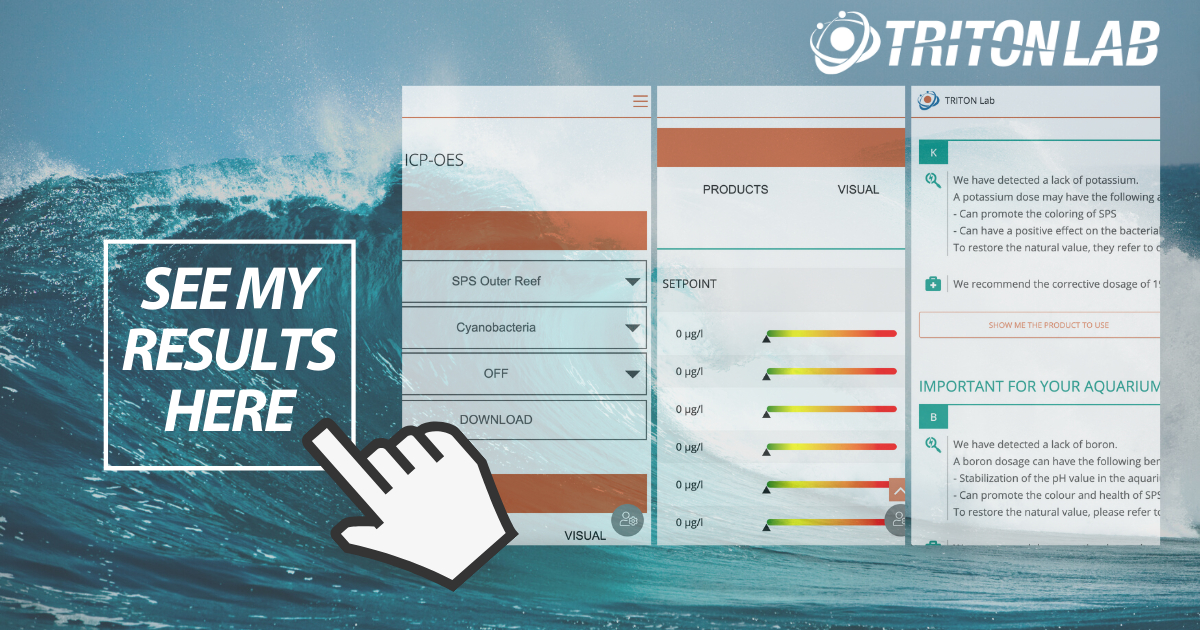I regularly get Triton ICP test done. They have been very helpful. So decided to get a N-doc test done. Not really sure what it even shows me. My nitrate according to red sea test is usually 4-8ppm. N-doc says I have high nitrogen. Is that a problem? Is there any useful information in this? I'll post the link for my results

 www.triton-lab.de
www.triton-lab.de

Triton Lab Showroom - Explore this water test results and click on the image above.
Someone wants to show you the water test results and shared this link to the evaluation. Click on the image above to explore the water test results.



















